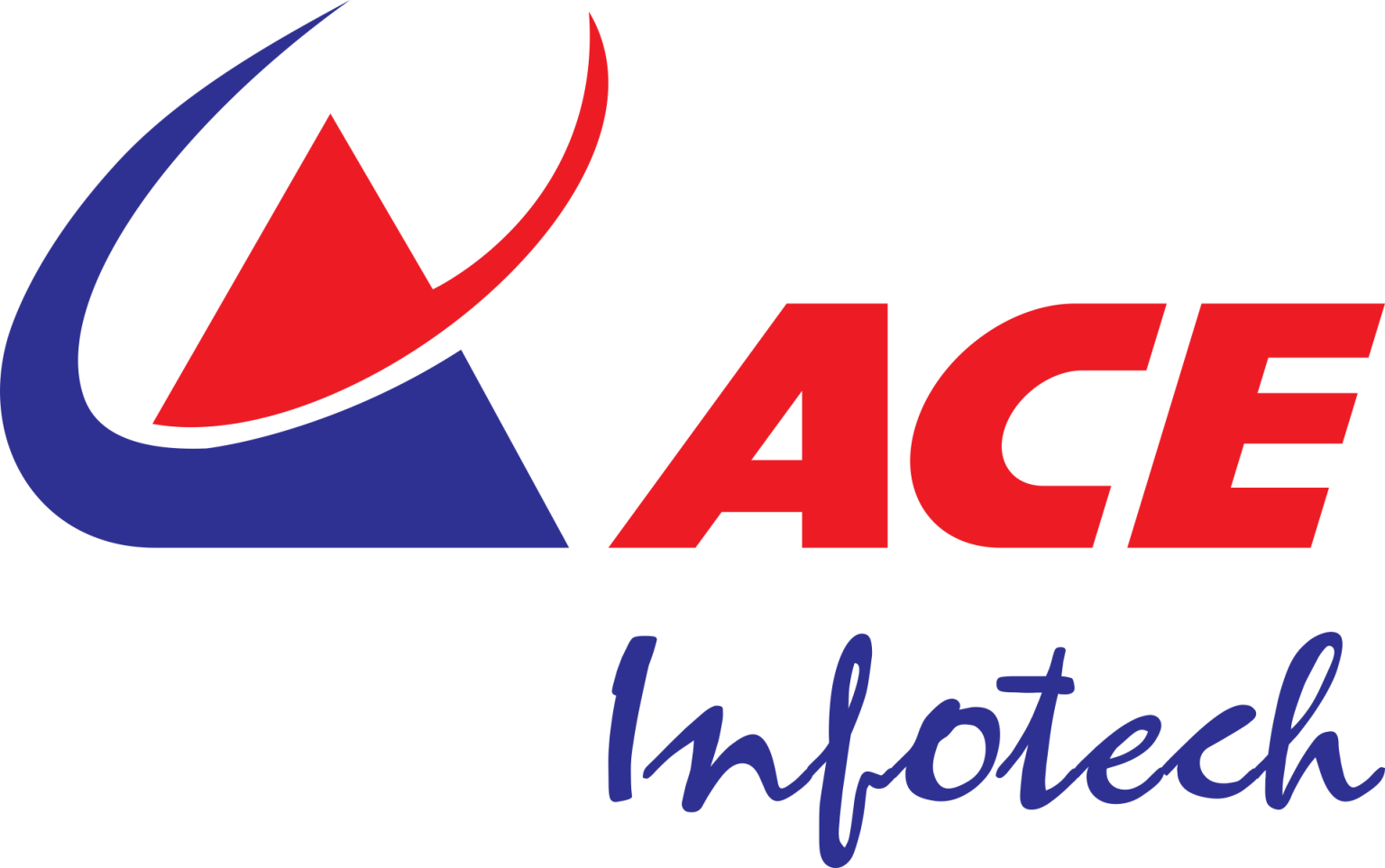Active networking refers to network systems that actively manage data traffic and enhance the performance of the network by using various protocols and technologies. These systems are essential for modern enterprises that require dynamic and efficient data communication.
- Key Features
- Network Devices: Includes switches, routers, and firewalls that manage and direct data traffic effectively.
- Traffic Management: Implements Quality of Service (QoS) to prioritize critical applications and ensure optimal bandwidth allocation.
- Security Measures: Incorporates firewalls, intrusion detection systems (IDS), and intrusion prevention systems (IPS) to safeguard the network against threats.
- VLAN Implementation: Enables the creation of Virtual Local Area Networks (VLANs) for improved security and segmentation within the organization.
- Monitoring and Management: Utilizes network management tools to monitor performance, detect issues, and optimize network resources in real-time.
- Benefits
- Enhanced network performance and reliability.
- Increased security and protection against cyber threats.
- Improved scalability to accommodate growing business needs.
Passive networking involves the physical infrastructure that supports network connectivity without any active data processing or traffic management. It includes the essential components that enable communication between network devices.
- Key Features
- Cabling Solutions: Uses structured cabling systems, such as Cat5e, Cat6, and fiber optic cables, for reliable data transmission.
- Connectors and Panels: Incorporates patch panels, connectors, and enclosures that facilitate cable management and organization.
- Wireless Solutions: Deploys wireless access points (WAPs) to provide network connectivity without the need for physical cabling.
- Rack Solutions: Provides server racks and enclosures for efficient housing and organization of network equipment.
- Benefits
- Simplified installation and maintenance of network infrastructure.
- Increased flexibility to adapt to changing networking requirements.
- Cost-effective solutions for connecting devices and ensuring data flow.
- At Ace Infotech, we provide comprehensive Active and Passive Networking solutions tailored to meet the unique needs of your business. Our expert team will work closely with you to design, implement, and manage a network infrastructure that enhances performance, security, and scalability.
